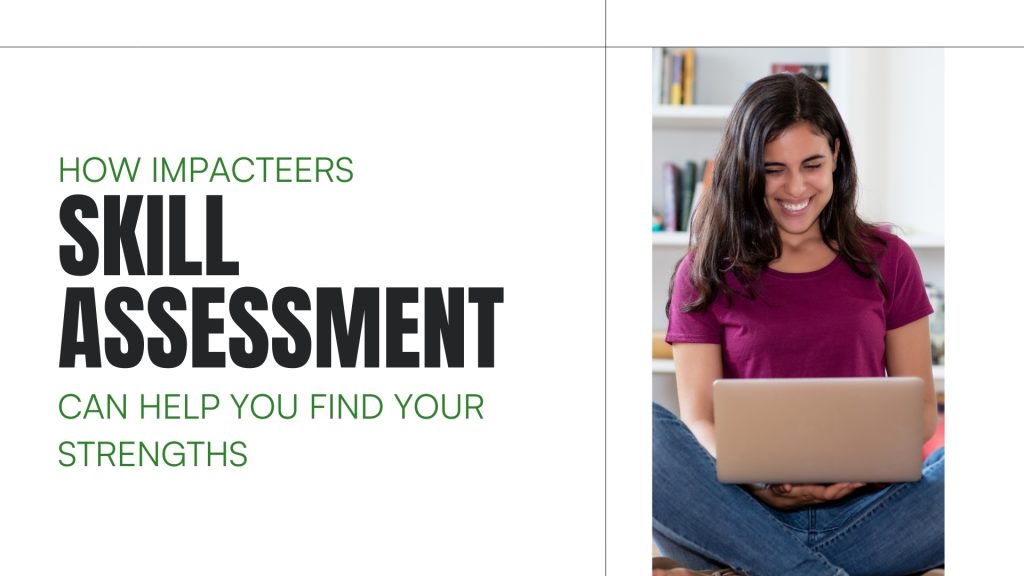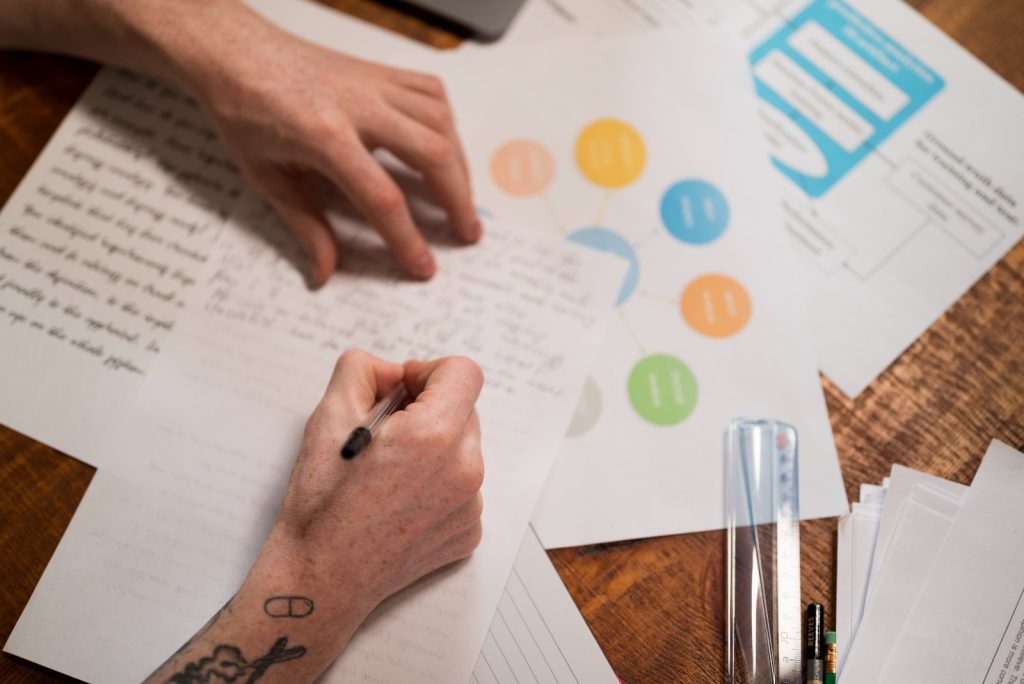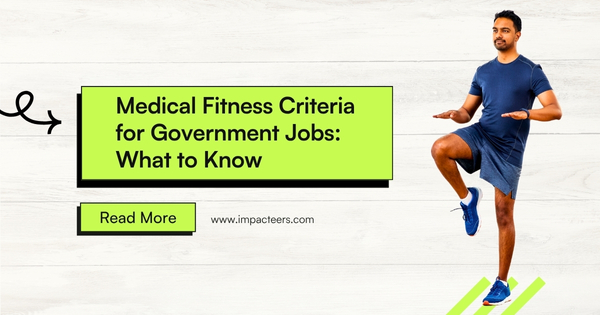Discover how the Impacteers skill assessment test can uncover your strengths in engineering, communication, time management, thinking process, and more.

This blog is for anyone—engineers, communicators, managers, or creatives—who wants to think deeper, concretely assess strengths, and share authentic answers about who they are. I want to take you through how the Impacteers skill assessment can reveal your hidden strengths, sharpen your time and process thinking, supercharge your self-awareness, and help you manage your personal brand on LinkedIn and beyond. Let’s keep it human.
Discover Your Core Strengths with the Assessment Test
We all bring unique strengths—maybe you’re great at juggling engineering problems one moment and explaining them clearly the next. But until you actually take a skill assessment test, these strengths can remain fuzzy. Impacteers offers a structured assessment that asks thoughtful, real‑world scenario questions—nothing generic. Instead of “select your top skill,” you’re asked to explain how you respond when deadlines slip or how you reason through a tricky technical issue.
By framing questions around:
- your communication style (do you clarify complex ideas simply?),
- your time management (how do you prioritize under pressure?),
- your engineering process (how do you test and iterate?),
…you’re giving real, deliberate, actionable answers that reflect what you truly bring to the table. And the test balances depth: long enough to gauge your thinking process, but respectful of your time.
How Engineering and Communication Skills Shine Through
If you come from an engineering background or technical role, you might undervalue the soft‑skill side. But the Impacteers test is smart—it doesn’t treat engineering and communication as separate silos. Your engineering skills come through when you explain a debugging scenario, while your communication ability is revealed when you must explain that fix in lay terms.
Consider this scenario:
“You discover a critical bug in a system three days before launch. Walk me through your process—from identifying the bug to communicating with stakeholders.”
Your answers reveal both your mental wiring and how you collaborate, think under pressure, and convey clarity. That’s a great insight for anyone wanting to bolster their personal brand: post your strengths confidently on LinkedIn, grounded in real-life scenarios, not generic adjectives.
Self‑Awareness and Reflective Thinking: The Real Game‑Changer
One of the surprising benefits of taking the Impacteers assessment is how it gently nudges self‑awareness. You’re forced to reflect: when have you excelled? When did you struggle with time or resource constraints? It’s almost like journaling, but structured and purposeful.
The test doesn’t just categorize you (“Team Leader,” “Analytical Thinker,” etc.). It invites you to reflect on how you manage yourself—time, emotions, problems—and how your own mind naturally works. That reflection is where true process improvement begins: once you see your strengths, you can channel them deliberately in future tasks.
Using Results to Shape Your LinkedIn and Career Profile
Once you get your assessment results, imagine how you can translate them into your professional narrative. The key isn’t copying buzzwords. Instead, you use specific strengths and stories:
- “I excel at bridging technical complexity and clear communication, especially under tight deadlines.”
- “I naturally design processes that preempt problems by prototyping early and iterating fast.”
Those kinds of narratives feel authentic and reflect the strengths identified by the assessment. Share them where it matters—LinkedIn summary, interviews, mentorship conversations—and find higher alignment between who you are and the work you seek.
Strengthening Time‑Management and Prioritization Skills
When your test feedback highlights how you allocate time and energy, you get insight into your internal rhythm. Do you thrive under tight deadlines because you chunk tasks efficiently? Or do you tend to overcommit and then scramble?

Impacteers surfaces tendencies so you can work smarter. Once you see your natural approach, you can:
- design a time thinking process: batch similar tasks, block focus time, build in buffer,
- address recurring issues: procrastination, multitasking pitfalls,
- manage expectations: knowing where you shine helps you lean in confidently and explain how you structure your work.
It becomes more than skill assessment—it becomes a personal productivity tool.
Thinking Process: Mapping How You Solve Problems
One unique feature of Impacteers is its emphasis on your thinking process, not just the outcome. Rather than selecting the “right” answer, many test items ask you to walk through your reasoning: “Why did you take that step first? What alternatives did you consider?” Over time, this lets you see patterns:
- Do you jump to conclusions or gather data patiently?
- Are you systematic or improvisational?
- How well do you iterate, test assumptions, or seek feedback?
This level of depth matters—especially if you’re in engineering, product, research, or consulting. And once you understand your process, you can intentionally refine it: build prototypes, step back to reflect, or ask peers to challenge assumptions.
Real‑Person Stories: Findings from the Impacteers Community
Imagine a software engineer, Neha, who took the test. She discovered that she was strongest in process mapping and structured communication—but tended to overextend due to poor buffer planning. Emboldened with that insight, she began:
- proactively blocking time on her calendar,
- using template emails to simplify stakeholder updates,
- iterating her designs in small cycles, reducing last-minute panic.
Her LinkedIn profile now says: “I design resilient systems with clarity and calm, especially when the clock’s ticking,” and recruiters began reaching out with roles focused on technical communication and lead roles.
Another story—Raj, a project manager turned product manager—realized his strength in helping diverse teams think through complex problems. He reframed his role on LinkedIn from “Project Lead” to “Strategic Communications & Process Driver.” That subtle shift led to better alignment with roles he truly enjoyed.
How the Impacteers Assessment Differs From Other Tests
There are plenty of skill tests—some short quizzes, some behavioral tools—but many feel superficial. What makes Impacteers stand out:
- Real, scenario‑based questions—not just ticking traits.
- Feedback grounded in your answers, not generic descriptions.
- Designed so your time investment pays off in self‑insight.
- Language that stays personal, not corporate‑speak.
It’s not trying to fit you into a box. Instead, it helps you describe the box you already occupy—and how to explain it better.
Practical Tips to Maximize Your Assessment
- Choose a quiet time when you can focus; don’t rush through the test.
- Be honest and authentic — don’t try to guess what sounds ideal.
- Write your answers with detail, even if they seem simple. Real stories matter.
- Once you receive feedback, review it slowly, and reflect on what surprised you.
- Use the insights to update your LinkedIn summary, resume, portfolio, or interview responses.
Next Steps After You Get Your Feedback
After receiving your personalized results, consider:
- Sharing strengths directly on LinkedIn with mini case‑studies.
- Asking mentors or peers to confirm what you see in the results.
- Aligning your next learning or project choices with your natural abilities.
- Setting up personal experiments: e.g., if your strength is iterative thinking, use it in new ways—side projects, prototyping, problem mapping.
Your feedback becomes a baseline you can build from—not just a static snapshot.
Final Thoughts
The Impacteers skill assessment test isn’t just another quiz—it’s a structured chance to think about how you think, see how you communicate, manage time, and solve problems. You get specific insights, not vague strengths. Armed with that, you can update your LinkedIn, speak confidently in interviews, and choose growth areas aligned with who you already are.
FAQ
1. What is the Impacteers skill assessment test, and how long does it take?
The Impacteers skill assessment is a scenario‑based online test that explores how you think, communicate, manage time, and solve problems. It usually takes 30‑45 minutes, designed to respect your time while drawing out meaningful answers.
2. How can assessment insights improve my LinkedIn profile?
Once the test highlights your unique blend of strengths, you can craft more authentic, story‑based LinkedIn summaries—like “I navigate technical challenges by prototyping early and communicating simply,” supported by real examples.
3. Is the assessment geared only toward engineers?
Not at all. While many engineers find the engineering scenarios helpful, the test also covers communication, management, and process thinking—robust for managers, communicators, creatives, and thinkers alike.
4. What if I’m low on time—can I still benefit?
Yes. The test is succinct but deep. You don’t need to finish it all at once. Answer honestly, and it will respect your rhythm. Better thoughtful responses than rush‑through answers.
5. How often should I take the test?
You might take the assessment every 6–12 months—when switching roles, after a big project, or when you want to reflect on growth. That way, you track how your process, communication, and self‑management evolve.
So if you’re ready to go beyond generic self‑talk, explore the parts of yourself that shine in practice—not just on paper—you might just be pleasantly surprised. Your time, energy, and real stories are far more powerful than buzzwords. Let your true strengths guide you—and let that guide your next move.



Post Comment